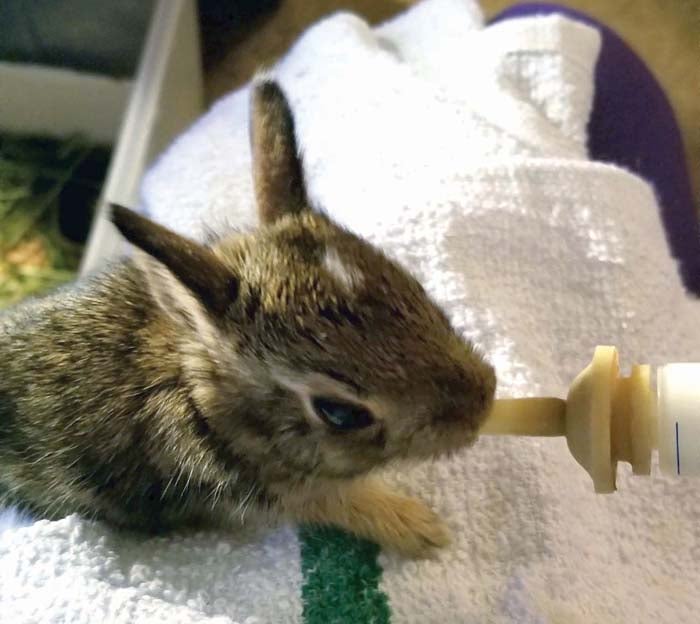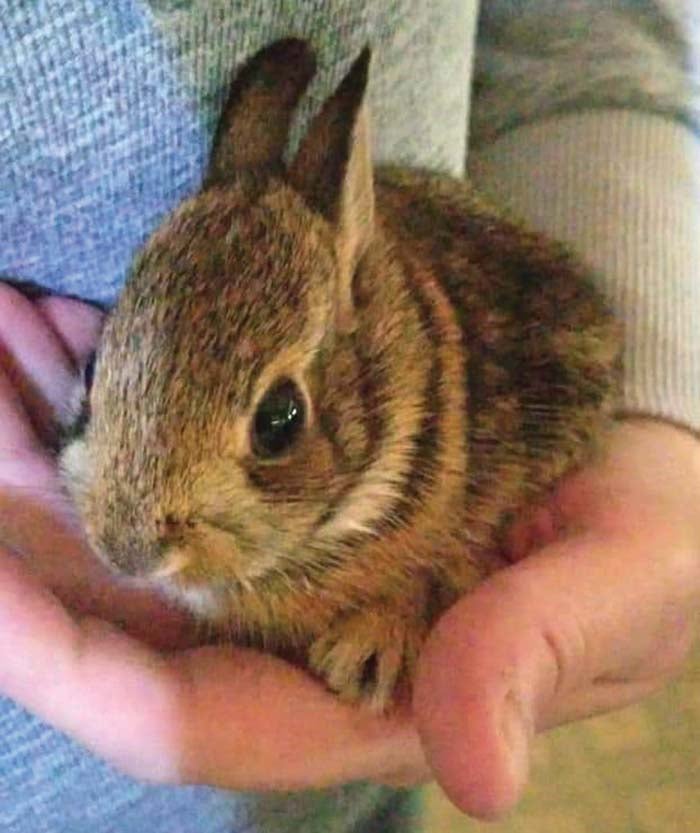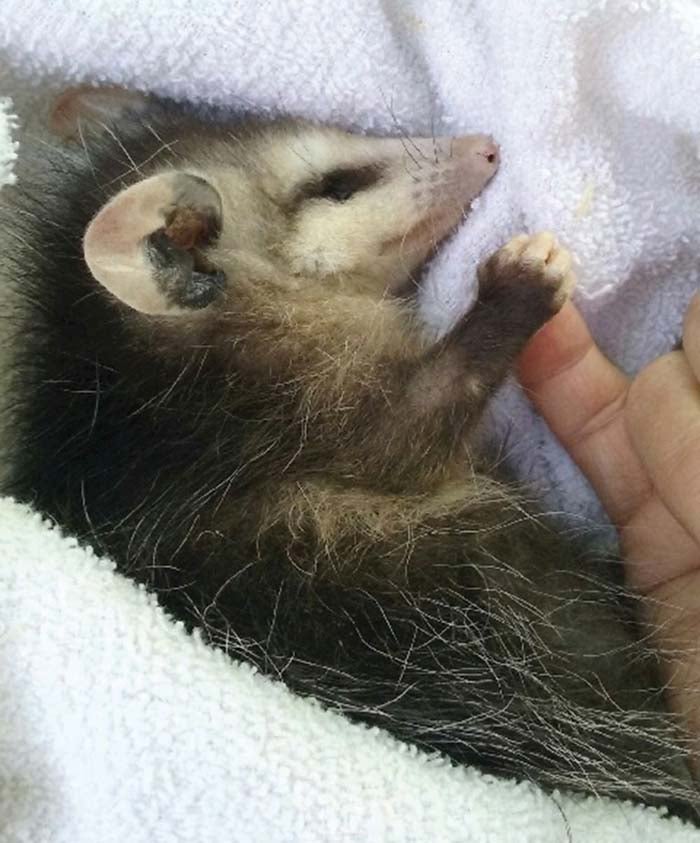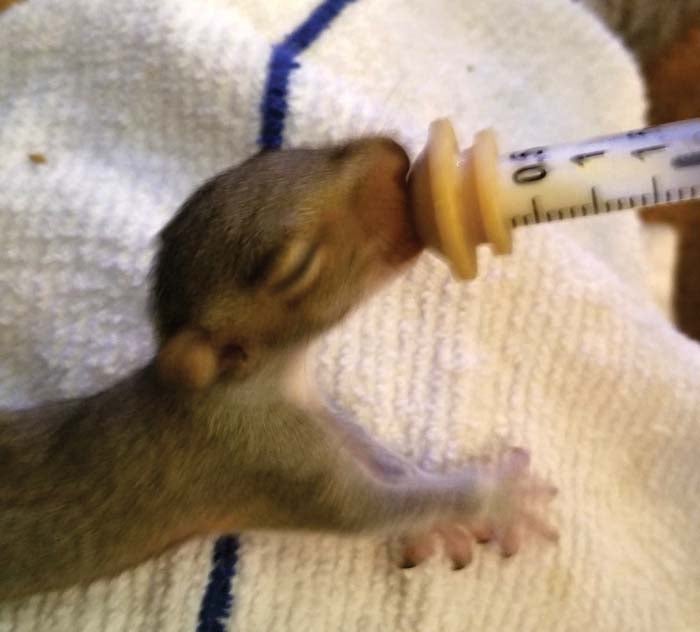Pets, you and wildlife
Published 12:00 am Thursday, May 16, 2019
By Bob Pendergrass
Rowan County director of animal services
Spring is in the air. The birds and bees are active, and all the things this saying implies are happening.
For the next few months, more than any other time of the year, the paths of wildlife, pets and people will cross. Before this happens to you and your pet, there are a few things you should consider.
Pets, when they are outdoors, are using all the senses nature gave them to explore and find new things. And if that new thing happens to be a baby wild animal, things could go very wrong.
Dogs will not attack and kill or try to eat a small wild animal, but they may play roughly, sometimes fatally, with it or they may fetch it to you. Neither of these is good. With a larger animal such as a deer fawn, dogs may see it as prey. Instinct can take over because Fido is a wolf at some level, not a little person in a fur coat. He operates off instinct and learned behavior just like any wild animal. His thought is not about right or wrong; it’s not his fault.
So it is up to you to help him out. If he is outside and not on a leash, which means he is hopefully in a fenced yard, you can help everyone stay happy and healthy by making sure his space is well maintained.
Bunnies quickly build nests in lawns where the grass is a little too high. Other small mammals may use piled debris as a home. Snakes may use debris piles as a place to seek shelter. And as important as snakes are in the natural ecosystem, snakes in the yard, especially venomous species, are not desirable.
You are your dog’s partner to help him not hurt wildlife. And you are a partner to keep him safe from it.
Cats are treated differently. Most people do not even realize that, by law, their cat is equal to a dog as far as being required to be restrained to its owner’s property. Your cat certainly does not realize it.
Cats — as much as I hate to admit it, being a cat lover — are not as intellectually advanced as dogs. They run a lot more on their instincts. That means if they see something that is potential prey, they are much more inclined to attack it with the intention of doing damage, totally out of instinct.
They may not eat it, but the instinct to stalk and kill is very strong in cats. It’s not their fault; it is a built-in survival mechanism just like in their tiger cousins. And cat saliva is full of bacteria that acts like a severe dose of poison to birds even if they just bite.
The American Bird Conservancy reports that “… cats kill approximately 2.4 billion birds every year in the U.S. alone, making cat predation by far the largest human-caused mortality threat to birds.” (https://abcbirds.org/program/cats-indoors/) Bells on the cat can help a little, but please consider keeping your cat indoors to protect wildlife and for its own safety from the many dangers it may encounter. It may save you the stress of when your favorite pet delivers a dead or maybe not dead small creature as a morning gift, or the stress when you hear coyotes have been seen in the neighborhood.
Always keep in mind that some wild animals should never be touched. Baby foxes, raccoons, bobcats, bats and skunks should never be handled. Under even the worst circumstances they are better off left alone. Wildlife rehabilitators cannot legally take them in. Handling them barehanded should be considered a potential exposure to rabies. Always, always keep pets’ rabies shots up to date.
You can help by knowing a little about what to do or not do when you encounter a baby animal or bird.
First, many backyard birds nest close to or on the ground and their young leave the nest before they can actually fly. They then cruise around on the ground for a while. Just because a bird is running instead of flying does not mean it needs your help. In fact, if it can run, it probably does not need your help.
If a baby bird does not stand at all, it may have fallen from a higher nest. If possible, the best thing to do in that case is put it back in the nest or in a sheltered basket or container hanging close to the nest but off the ground. Mom can do a better job of raising it than even the best wildlife rehabilitator.
If you find a nest of bunnies while mowing, the best thing to do it is cover them back up and let mom move them. If you don’t see mom as quickly as you think you should, don’t worry too much. Mother cottontails feed their young only in the early mornings and evenings and are out foraging the rest of the time.
Don’t forget to secure your pet while you give the mother rabbit time to move them. She likely will do that when she comes home and it is not as she left it.
Baby squirrels can fall from the nest. Usually mom will retrieve them. Give it some time before you intervene. Again, it’s important to keep pets away until all is well.
Soon, if not already, deer fawns will arrive. If you come across a baby deer curled up and no other deer around, do not assume that mom is not coming back. Fawns are often left for many hours during the day while mom feeds herself. Camouflage and a low body smell protect the fawns while mom is foraging. Every year, well meaning humans kidnap fawns and mom returns to find her baby gone. Be absolutely sure before you take any action.
If you encounter a situation that you feel requires action, the N.C. Wildlife Resources Commission has a customer helpline at 866-318-2401. It also has a list of wildlife rehabilitators online at https://www.ncwildlife.org/Have-A-Problem .
If in an extreme circumstance you wind up holding a wild creature for a rehabilitator to pick up, do not feed it until you talk to the rehabilitator. The wrong food can do more harm than good.
If you love your pets, you love animals. Please consider the well being of the wildlife in your yard.








